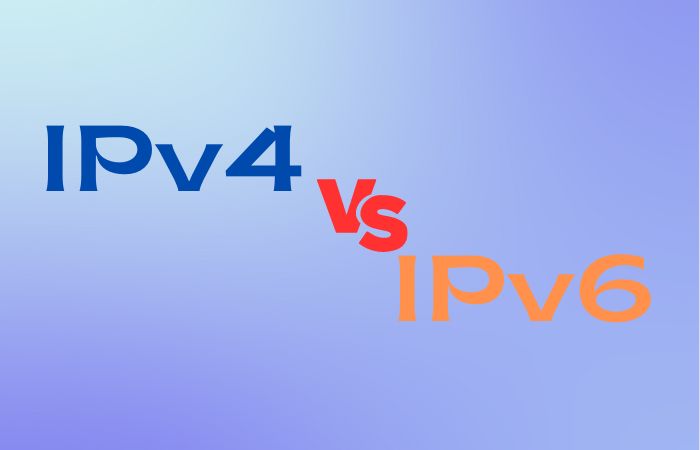Hey there! You’ve probably heard of IP addresses, right? They’re like the unique ID badges for devices to chat with each other on a network. They’re super important for making all our internet communications possible.
Now, you might have come across terms like IPv4 and IPv6. IPv4, or Internet Protocol version 4, is like the old reliable workhorse. It’s been around since the 1980s and is still widely used today. But then there’s IPv6, the new kid on the block. It’s the latest version of the Internet Protocol, developed in the 1990s to tackle some of the limitations of IPv4 and bring some extra perks to the table.
In this article, we’re going to dive into the differences between IPv4 and IPv6 addresses and why it might be a good idea to hop on the IPv6 bandwagon. So, let’s get started!
What are the Differences Between IPv4 and IPv6 Addresses

IPv4 addresses are 32-bit numbers represented in dotted-decimal notation, with each number ranging from 0 to 255 (e.g., 192.168.0.1). IPv6 addresses are 128-bit numbers represented in hexadecimal notation, separated by colons (e.g., 2001:0db8:85a3:0000:0000:8a2e:0370:7334).
IPv6 addresses offer a much larger address space than IPv4, allowing for trillions of unique addresses. Additionally, IPv6 addresses offer more efficient routing and network management, as well as better support for multimedia applications.
Advantages of IPv6 over IPv4
The most significant advantage of IPv6 over IPv4 is the increased address space, which is essential to meet the growing demand for IP addresses in the modern world. IPv6 also provides improved network security through built-in encryption and authentication mechanisms, as well as efficient routing and network management through simplified header formats.
IPv6 also supports the use of multicast addresses, which allow packets to be sent to multiple devices simultaneously, reducing network traffic and improving performance.
Challenges of IPv6 Adoption
One of the biggest challenges in adopting IPv6 is the cost of upgrading network infrastructure to support the new protocol. This can include upgrading hardware, software, and network devices to support IPv6, as well as reconfiguring existing networks.
Another challenge is the lack of support for legacy devices and applications, which may not be compatible with IPv6. This can result in the need for costly workarounds and temporary solutions.
Finally, there may be resistance to change among network administrators and other stakeholders, who may be comfortable with the familiar IPv4 protocol and reluctant to adopt new technologies.
Conclusion
IPv4 and IPv6 addresses are critical components of network communication, and understanding the differences between them is essential for effective network management and security. The advantages of IPv6 over IPv4, including the increased address space, improved security, and efficient routing, make it a valuable tool for modern network infrastructure.
To check the IP version of a website or to learn more about your own IP address, use our IP lookup tool.
